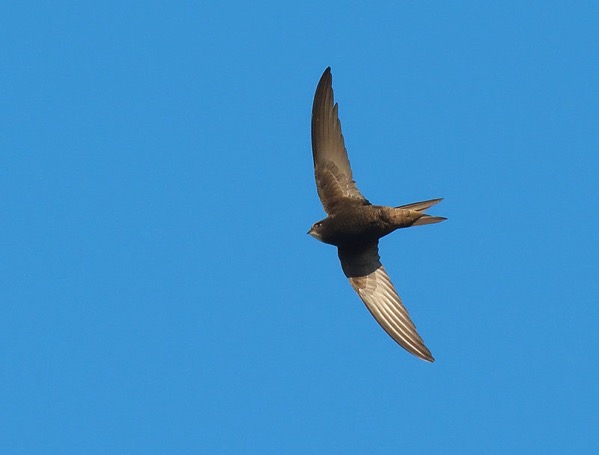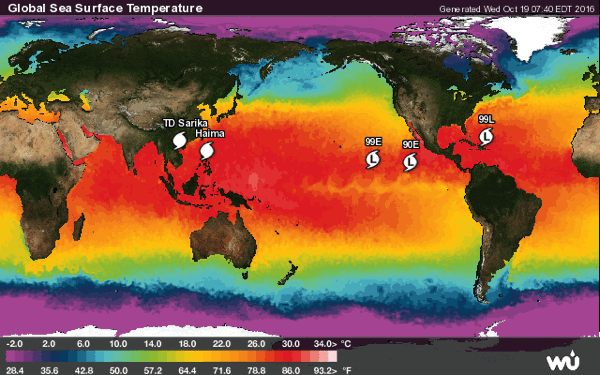Coast of Antarctica Will Host World’s Largest Marine Reserve
The world’s biggest marine reserve, almost as large as Alaska, will be established in the Ross Sea in Antarctica under an agreement reached by representatives of 24 nations and the European Union in Australia on Friday.
The policy makers and scientists agreed unanimously to create a zone that will encompass 600,000 square miles of ocean. Commercial fishing will be banned from the entire area, but 28 percent of it will be designated as research zones, where scientists can catch limited amounts of fish and krill, tiny invertebrates that provide food for whales, penguins, seals and other animals.
The area, which is mostly contiguous and hugs the coast off the Ross Sea ice shelf, will come under protection on Dec. 1, 2017, and remain a reserve for 35 years. The agreement was reached in Hobart, Tasmania, at the Commission for the Conservation of Antarctic Marine Living Resources.
The reserve includes the Ross Sea shelf and slope, the Balleny Islands and the ocean around two seamounts, one known as the Scott seamount. Seamounts, or underwater mountains, are habitats and foraging areas for mammals, birds and fish, including Weddell seals, killer whales and emperor penguins.
This Bird Can Remain Airborne For 10 Months Straight
Scientists have long suspected that the common swift remains airborne for extraordinary amounts of time during its annual migration.
Now, a team of scientists in Sweden has proved that these birds fly for tremendously long periods of time. They affixed data loggers onto a total of 19 of the master fliers in 2013 and 2014, and recaptured the birds months or years later. Researchers found that the birds can spend almost their entire 10-month nonbreeding period on the wing.
The data loggers gathered information on acceleration and flight activity, and those installed in 2014 also included light trackers for geolocation.
The results were astonishing. For example, according to research published in Current Biology, one of the birds stopped for just four nights in February in 2014 — and the next year it stopped for only two hours. Other birds stopped for longer periods of time. But "even when swifts settle to roost," the researchers say, "the amount of time not flying is very small."
The birds are known to travel from Europe to sub-Saharan Africa — but they apparently don't touch down there, as National Geographic reports. Researchers say they have never found roosting sites in sub-Saharan Africa.
The scientists say that the rarity of the stops during nonbreeding season suggests that the bird may only take a pause because of bad weather. The fact that some birds fly continuously during nonbreeding periods indicates that the species may not actually need to land for sleep. In fact, it's unclear "when and to what extent swifts need to sleep," the paper states.
"They feed in the air, they mate in the air, they get nest material in the air," researcher Susanne Åkesson from Lund University in Sweden tells National Geographic. "They can land on nest boxes, branches, or houses, but they can't really land on the ground."
The birds' shape contributes to this finding; their "wings are too long and their legs are too short to take off from a flat surface," the magazine reports.
























